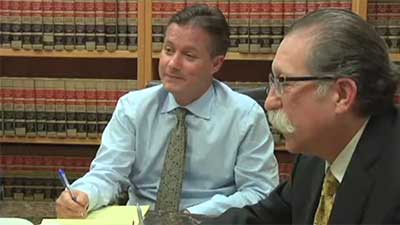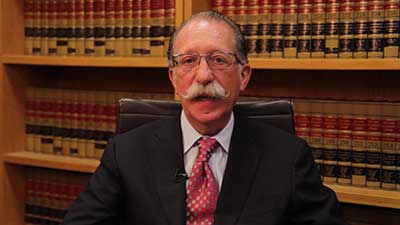Unsafe driving practices are often based on the driver’s mindset when he or she is behind the wheel.
You’ve likely seen this play out. The most common example is road rage. Someone has a bad day at work, gets cut off on the way home, and just snaps. They’re angry and they start driving aggressively. They begin speeding, weaving in and out of traffic and tailgating the cars ahead of them.
It’s not how they’d normally act. They know it’s unsafe. But they do it anyway because of their emotional response — not just to getting cut off, but also to having a down day at work.
Researchers have identified six key mindsets that may lead to risky driving practices. While some are very different from each other, they all come with their own risks and may lead to accidents. They are:
- Anger, as noted above.
- Aggressive driving. This doesn’t mean the person is angry, per se. He or she may just be in a hurry.
- Willingness to take risks that could easily be avoided.
- Sensation seeking. This essentially means trying to get a thrill out of dangerous driving. A good example is a driver who speeds and then slides his or her vehicle sideways around icy corners.
- Impulsiveness. The driver just doesn’t think through the ramifications before acting.
- Boredom. Drivers who are bored may take risks to entertain themselves or turn to distractions, like cell phones, to find that entertainment.
Any one of these mindsets could cause an accident, and a dangerous driver could put you in the hospital. Make sure you know your potential rights to financial compensation for medical bills and more.
Source: Science Direct, “Driving anger, sensation seeking, impulsiveness, and boredom proneness in the prediction of unsafe driving," Eric R. Dahlen, accessed Jan. 31, 2018


























